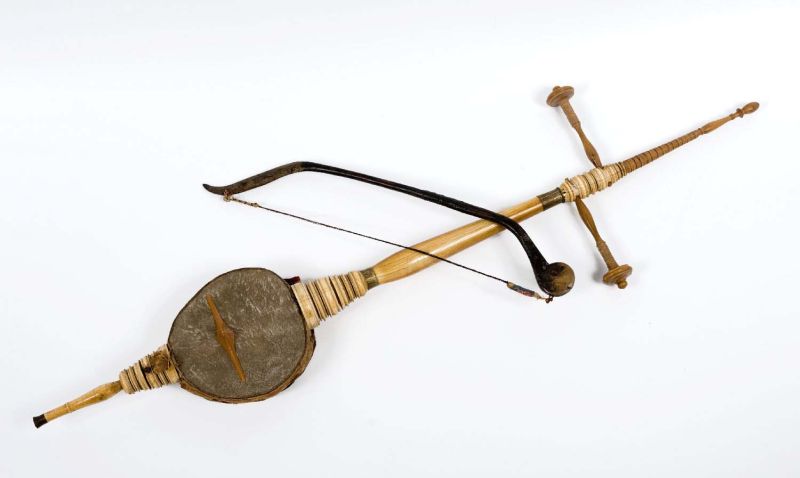……………
Early Bowed String Instruments
……………
StringQuest | © 2013-24 All Rights Reserved
……………
 The REBAB, (8th – 10th Century) is a 1-3 stringed bowed instrument from the Far and Middle East, which then traveled to Europe and influenced the Rebec. In Turkey, the Rebab was nicknamed the “Spike Fiddle.” Rebabs came in all sizes and had a spike on the bottom to help support the instrument.
The REBAB, (8th – 10th Century) is a 1-3 stringed bowed instrument from the Far and Middle East, which then traveled to Europe and influenced the Rebec. In Turkey, the Rebab was nicknamed the “Spike Fiddle.” Rebabs came in all sizes and had a spike on the bottom to help support the instrument. The VIELLE, (13th-15th Century) Europe. This long bodied instrument was used by travelling French folk musicians called troubadours and jongleurs. The Vielle was also called the fidel in French, suggesting why the violin is sometimes called the fiddle.
The VIELLE, (13th-15th Century) Europe. This long bodied instrument was used by travelling French folk musicians called troubadours and jongleurs. The Vielle was also called the fidel in French, suggesting why the violin is sometimes called the fiddle. The Gamba came is six sizes, had frets, a flat back, and sloping shoulders. Early viols lacked the supporting piece of wood inside their bodies, called a sound post, which modern members of the string family have. This gave the viols a softer sound because of their lower rate of vibration.
The Gamba came is six sizes, had frets, a flat back, and sloping shoulders. Early viols lacked the supporting piece of wood inside their bodies, called a sound post, which modern members of the string family have. This gave the viols a softer sound because of their lower rate of vibration.……………
StringQuest | © 2013-24 All Rights Reserved